Inside\Within is a constantly updating web archive devoted to physically exploring the creative spaces of Chicago's emerging and established artists.
Support for this project was provided by The Propeller Fund, a joint administrated grant from Threewalls and Gallery 400 at The University of Illinois at Chicago.

Search using the field below:
Or display posts from these tags:
3D printing 3D scanning 65 Grand 7/3 Split 8550 Ohio 96 ACRES A+D Gallery ACRE animation Art Institute of Chicago Arts Incubator Arts of Life audio blogging Brain Frame CAKE Carrie Secrist Gallery casting ceramics Chicago Artist Writers Chicago Artists Coalition Chicago Cultural Center Cleve Carney Art Gallery Clutch Gallery Cobalt Studio Coco River Fudge Street collage collection Columbia College Chicago Comfort Station comics conceptual art Contemporary Art Daily Corbett vs. Dempsey Creative Capital DCASE DePaul University design Devening Projects digital art Dock 6 Document drawing Duke University dye Elmhurst Art Museum EXPO Chicago Faber&Faber fashion fiber Field Museum film found objects GIF Graham Foundation graphic design Harold Washington College Hatch Hyde Park Art Center illustration Image File Press Imagists Important Projects ink installation International Museum of Surgical Science Iran Jane-Addams Hull House Museum jewelry Joan Flasch Artist's Book Collection Johalla Projects Julius Caesar Kavi Gupta Links Hall Lloyd Dobler LVL3 Mana Contemporary metalwork Millennium Park Minneapolis College of Art and Design Monique Meloche Museum of Contemporary Art Chicago (MCA) Museum of Contemporary Art Detroit (MOCAD) Museum of Contemporary Photography (MoCP) National Museum of Mexican Art (NMMA) National Resources Defense Council New Capital Northeastern Illinois University Northwestern University Ox-Bow painting paper mache Peanut Gallery peformance Peregrine Program performance photography PLHK poetry portraiture printmaking public art Public Collectors publications Renaissance Society risograph rituals Roman Susan Roots&Culture SAIC screen printing sculpture Sector 2337 Shane Campbell Silver Galleon Press Skowhegan Slow Smart Museum Soberscove Press social practice South of the Tracks Storefront SUB-MISSION Tan n' Loose Temporary Services Terrain Terrain Biennial text-based textile textiles The Banff Centre The Bindery Projects The Cultural Center The Franklin The Hills The Luminary The Packing Plant The Poetry Foundation The Poor Farm The School of the Art Institute of Chicago (SAIC) Threewalls Tracers Trinity College Trubble Club University of Chicago University of Illinois at Chicago (UIC) University of South Florida at Tampa Valerie Carberry Vermont Studio Center video weaving Western Exhibitions wood carving woodwork Yellow Book Yollocalli Arts Reach zinesInside\Within is produced in Chicago, IL.
Get in touch:
contactinsidewithin@gmail.com
Ivan LOZANO's Polysemic Scars
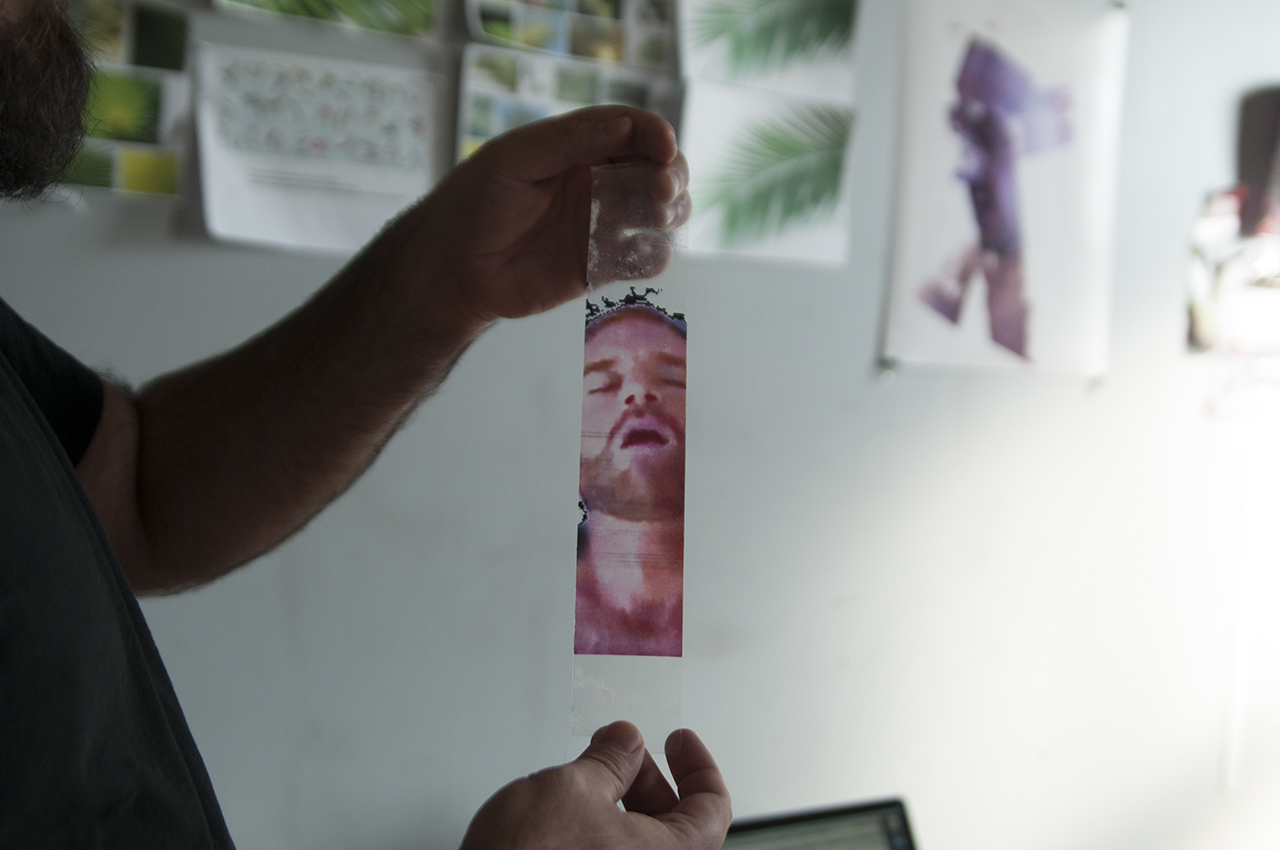
Ivan’s studio houses eyes, faces, and limbs roughly cut without attention to exact detail. The parts, culled from vintage and contemporary gay pornography, serve as bookmarks to the pornography’s history while also imitating similar shapes of Mexican milagros. With a background in experimental film Ivan has moved towards physically editing his work, creating animations that appear computer-edited rather than produced entirely by hand.
I\W: How did you start Image File Press and how does it mirror your own practice’s handling of the digital image?
IL: To talk about Image File Press I need to backtrack a bit and talk about my background and where I first started doing things with art. I lived in Austin, Texas for a very long time and while I was there I was involved with a few arts nonprofits and grassroots groups. The main one was the Cinematexas International Short Film Festival, an experimental media festival where I worked for four years, and where I held the position of programming director the last two years of its existence. These experiences taught me that if you want something to happen and you are not seeing it in the world, maybe you’re the one that should take that on. I started Image File Press for a couple of reasons. I was really frustrated by the gallery system and how it seemed like the same five people kept getting all of the shows. I was shocked that so many artists that I knew from school and lived in Chicago weren’t getting any exposure, and it seemed like a lot of them were women or minorities. I had also been thinking about what images —especially digital images— mean and how that has changed in the digital revolution that we are going through. Previously an image was a trace of something that existed and was for some reason deemed precious or worth saving. Now with digital technologies, this preciousness has disappeared and there is a void of meaning when it comes to what an image, or the transmission of that image means. An image is now more often than not a performance of code by software and a computer. They are all basically binary code, in the same way that a video is. It’s a small chunk of code that decides whether that image is moving or still, or a text file, or a Powerpoint document. Our relationship to those things is really different because we can’t understand them without technology, without an intermediary. We are hooked into a system where we have to rely on computers and industry to see what images mean. Those of us that aren’t controlling what images we end up seeing everyday have two choices: we can deal with it and accept that constant flow of images, or we have the opportunity to disseminate and counteract that. Image File Press is kind of like a defense mechanism against this constant assault of images.
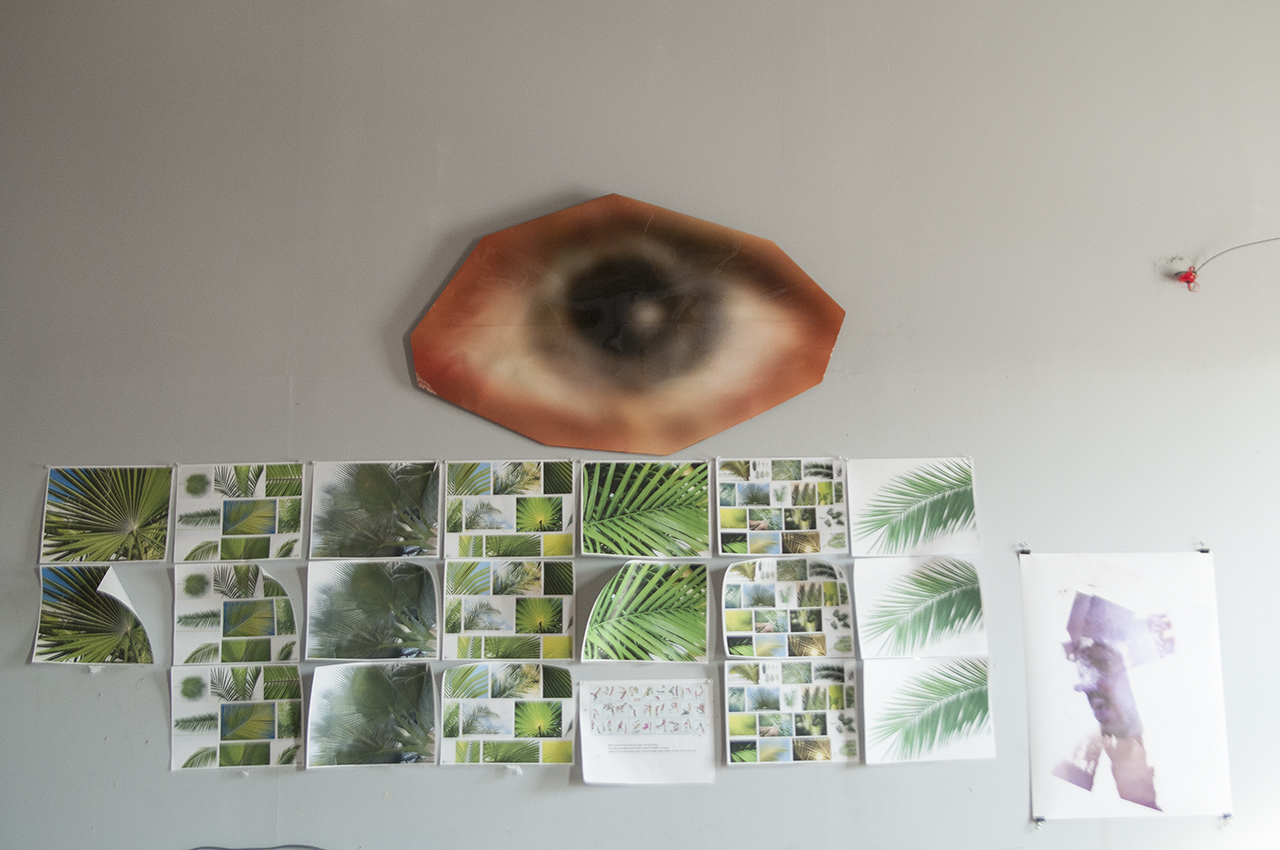
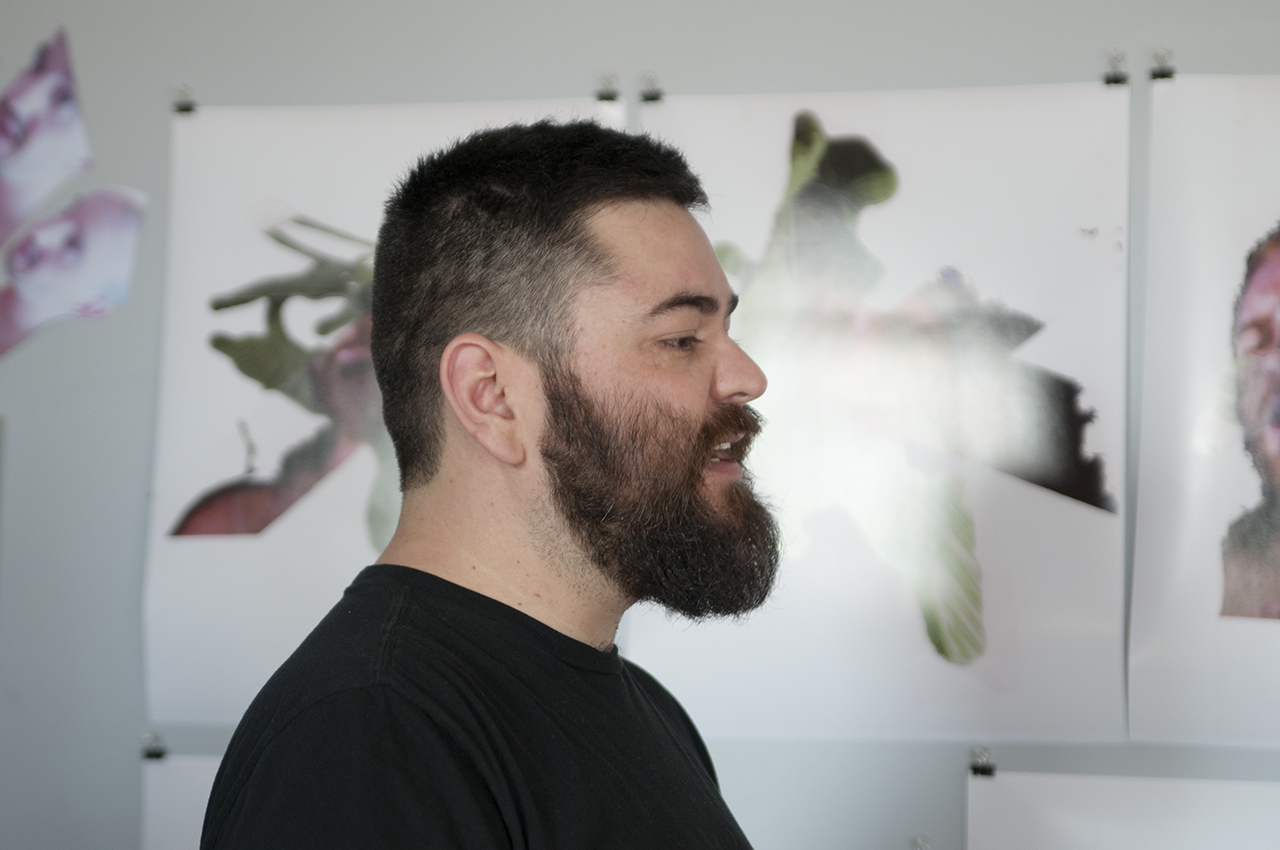
Why did you choose the format of PDF for the project?
I chose PDF because it is a nonproprietary format that doesn’t belong to any coroporation. What this means practically is that we can still open a PDF from the early 90s now, and we will probably be able to still open it in 20 more years. A Kindle reader or iPad specific format would be tied to corporate and industrial concerns, so that means that it is out of our control if we can save those or see those in the future. PDF was a much more democratic and stable format to use. One of the side effects of the quick changes in digital technologies is that artists don’t have the opportunity to experiment the way we did before. Playing with new toys, pushing them to their limits and creating art about the impact of new technologies was essential to the development of avant gardes. Now we have to constantly upgrade programs, and equipment, and file formats before we even have a chance to really get comfortable with them. PDF, being an “old” format that still is in use, gives artists a lot of opportunities to experiment.

How are you focusing on the exchange of images in your personal practice?
My practice is steeped in the history of experimental film and video. Specifically, I deal with appropriation as a way to gain a deeper understanding of the history of specific images and the technologies that created them. In my earlier work I worked with gay pornography I found online that was created before the HIV/AIDS crisis started, roughly the late ’60s to very early ’80s. The internet was the only place that this material really existed anymore, in the form of really bad rips of videotapes that somebody probably hid under their bed for decades. The movies were cut up, people had chopped off frames, some were highly degraded, and were then converted to poor quality VHS dubs of late generations, then converted to AVI, Windows Media formats, and other low resolution “folk” formats. All those steps that impacted the image quality became for me the scars of the history of the footage, and an allegory for the generations that didn’t survive the first wave of the HIV/AIDS crisis.
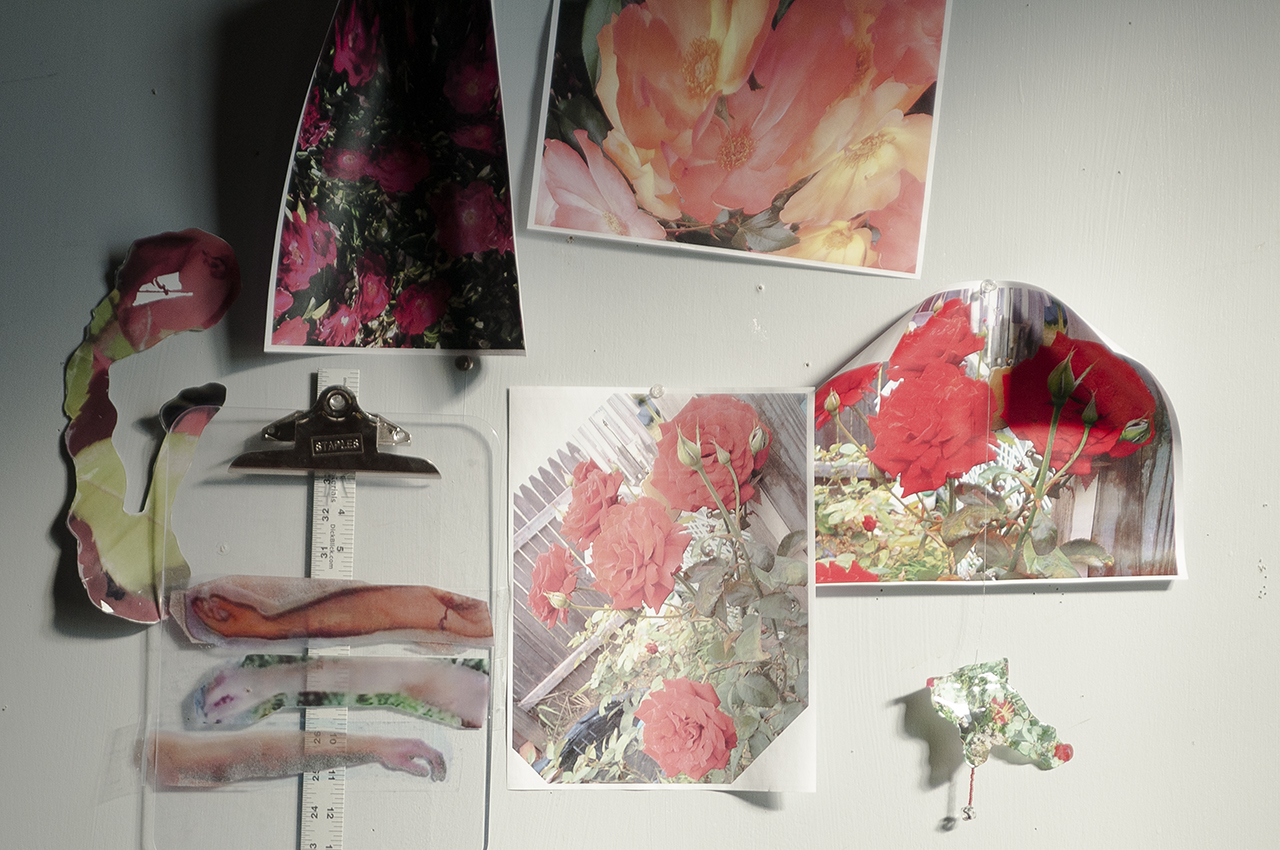
What is your specific draw to working with gay pornography?
After WW2, and even more after the Vietnam war, there was a period when men started moving to large metropolitan centers and “gay culture” started emerging and becoming codified. Pornography served a very didactic role in that in teaching people how to dress, how to talk, and where and how to have sex. Music also played a huge part in that. And, as is to be expected, none of this cultural explosion was being properly archived. The only people archiving it were armchair historians, individuals that kept copies of everything in boxes in their attics or storage units. My attraction to gay pornography of that time was based on a sense of loss. Most people will never really know the work of this generation of men that all died during the crisis. I am trying to do my part to rehabilitate this cultural production and look at the traces of what they left— have a chat with their ghosts. Like a medium in a seance, I would type a few commands on my keyboard and into search engines and suddenly out of the ether (WiFi networks) these little bits of information would manifest on my hard drive and I could suddenly see all of these people that had died. I was cutting up their stories and making new stories with them, re-editing them, abstracting them, and making them painterly and hypnotic.
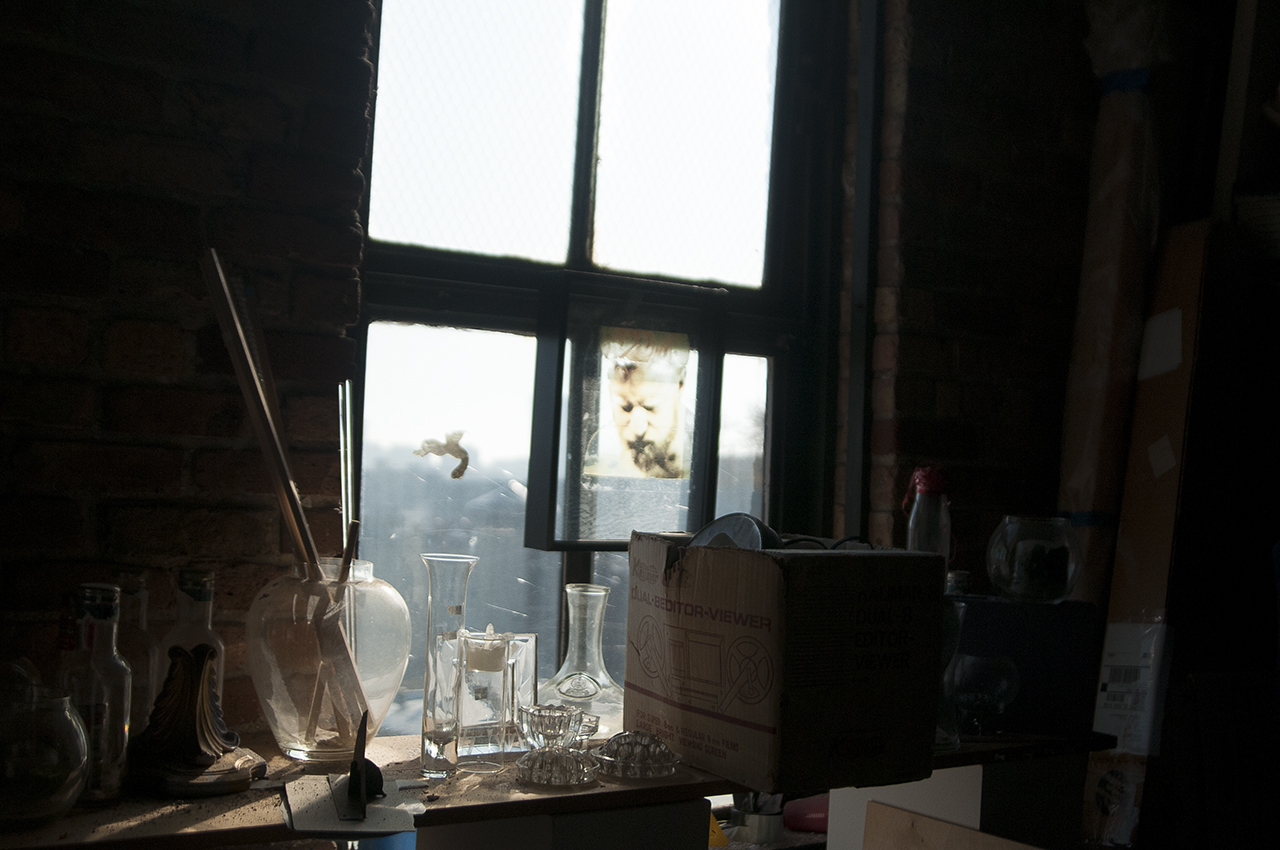

You exhibited work at Bijou Theater. How was it calling up the ghosts that may have existed in this venue within your work?
That was a complete dream come true, I never ever thought I would have that opportunity. I created an installation for the record release of School Daze, lost and rare music by Patrick Cowley who was a musician in San Francisco during the late 70s who was instrumental in developing a form of dance music called Hi-NRG disco that changed the way that “gay club music” was made. He was also part of the first wave people to die of AIDS, or GRID, as it was called back then. It was kind of incredible for me to very directly be a part of a celebration of this artist’s work in a venue that is also one of the longest running porn theaters in the United States.
Can you talk about how you came to animating your works, moving away from video?
When I got to grad school at SAIC (definitely my first choice because of their history with experimental video and collecting video art) what I quickly found was that the way I was using appropriation and the way that I was using moving images was misunderstood by those in the Film, Video, New Media and Animation Department. I didn’t feel like they were willing to take that leap and go there with me, so I decided not to make moving images while there. I started to figure out how else I could work. Previously all of my images were found online, so what I decided to do was to try to replicate how I used software to process images in the real world, making physical manifestations of digital images and using the tricks of early filmmaking (thanks Melies!) to create work. Once I manifested them as objects I was trying to figure out what I could do with them. One of the things I ended up doing at that point was image transfers on tape. To me it was this weird reference back to film and the film strip, they’re basically plastic film with a substrate on it. Because of the way that the ink accumulates on the tape, they ended up looking like cracked oil paintings. I’ve been finding ways to create new scars for (mostly) contemporary digital images of pornography to show their provenance and the ways they circulate in culture. Lately I’ve been using these collages as “animation frames” in new videos and GIFs, putting these “rehabilitated” images back into the digital ether.
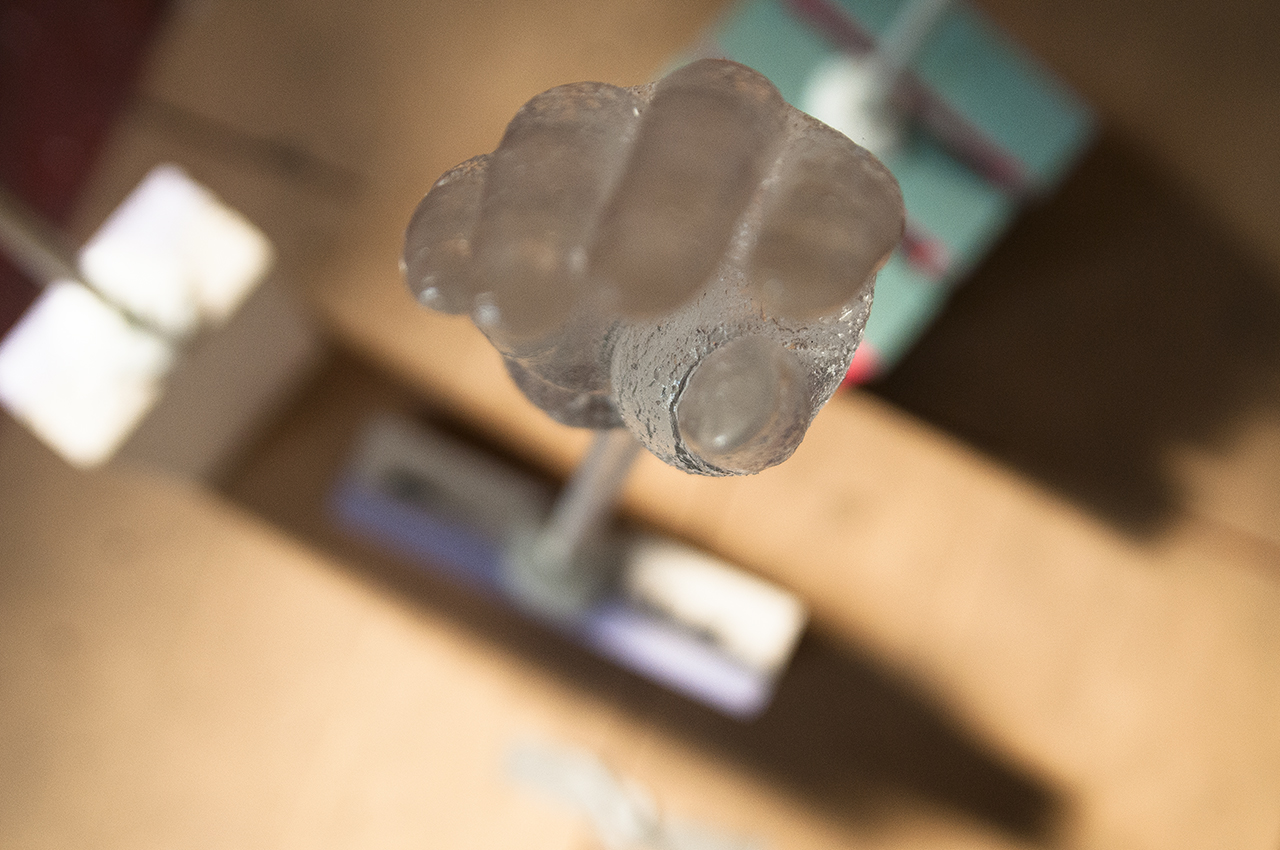
Does this method further play into your interest in the transferring of vintage pornography? Using the transfer of contemporary images in a similar way that vintage pornography was transferred and distributed?
This is where allegory comes into my ideas about appropriation, using the degradation, or reprocessing of images is a way to show their history and explore an aspect of the political economy of these files. I have been experimenting with acrylic medium transfers too. You get these really tactile objects that are also images. I realized when I first started working on collages as animation frames that I was making physical objects that were incredibly flat and crafty, but looked like bad Photoshop (I especially love the roughness of the lasso tool). I’m really interested in that, the human hand trying to recreate all of the effects that I used to pile on things to create videos, but then make them with my hands. Part of that has to do with my upbringing. I grew up Catholic in Mexico and was always obsessed with all of the magical and folk religious traditions in Mexico. So many of these traditions use everyday materials to create sublime, ephemeral things.
We are hooked into a system where we have to rely on computers and industry to see what images mean. Those of us that aren’t controlling what images we end up seeing everyday have two choices: we can deal with it and accept that constant flow of images, or we have the opportunity to disseminate and counteract that.
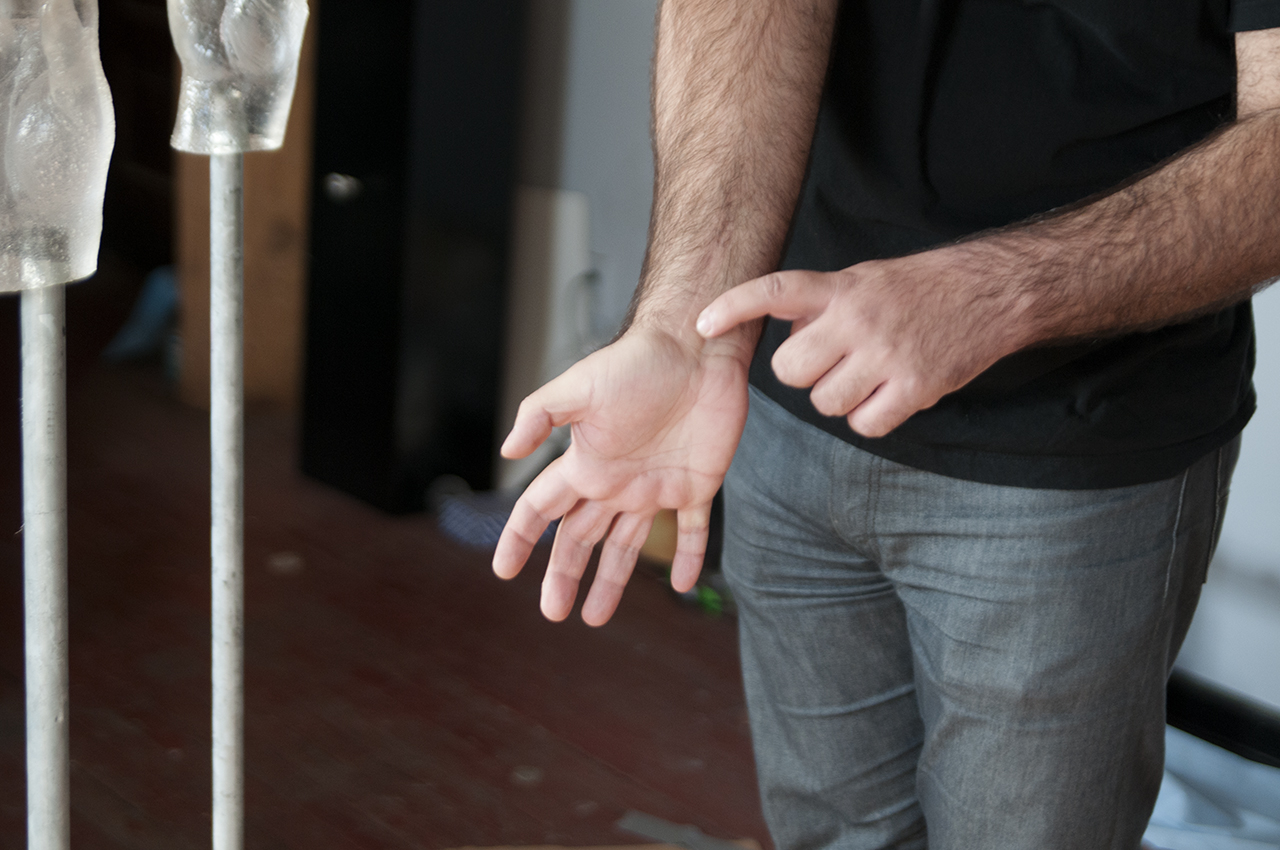
Why do you choose to incorporate milagro imagery into your work?
A year or so before I started grad school I had a biking accident and broke both of my arms. My mom gave me a pair of milagros in the shape of arms that I wore around my neck. That’s what started me on that path. I saw these things hanging around my neck every day. What is really interesting to me is that milagros are kind of this polysemic symbol. If you are using arm imagery it could mean that you want strength, or that you have bad arms—it is open to interpretation as a symbol. If you use head imagery it could mean that you want extra focus for an exam, or you have a brain tumor, or you get headaches. I love the ability of this form to have all of these different meanings. You can decide what you want the charm to accomplish based on your specific and immediate needs. I use images of arms from pornography a lot. Most of them are dangling, they are not active arms. It is also a phallic symbol in a way, anyone can use these phalluses for their own needs.


